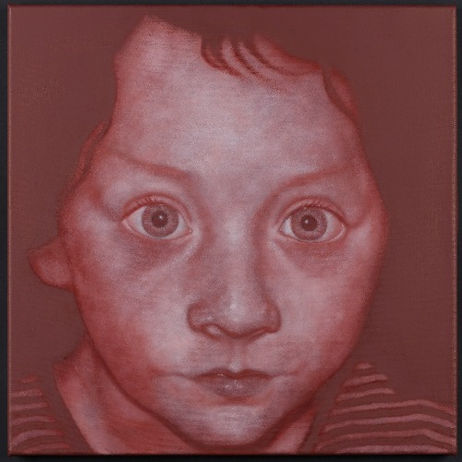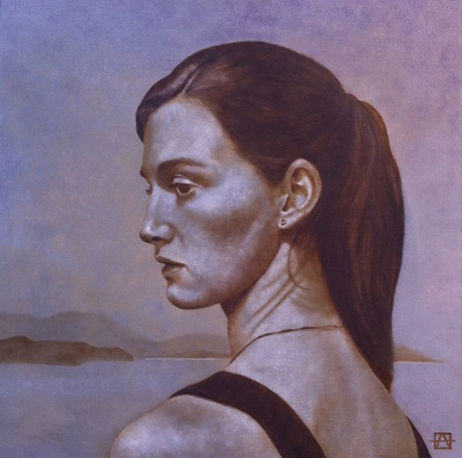Exotic Garden
There is nothing more difficult for a truly creative painter than to paint a rose, because before he can do so he has first to forget all the roses that were ever painted.
Henri Matisse
When they were children, my father and his brothers and sisters used to scour the neighborhood looking for pictures of roses on biscuit tin lids or old calendars, which my grandfather would then paint on the dining room walls, above the dado. For as long as I can remember, my mother has grown roses, which she adores, and she has won many prizes with them in local garden clubs and rural shows. I understand my grandfather’s and my mother’s love for roses; their beauty captivates me in all stages of their development, from bud to rosehip.
Roses have been grown throughout history for their beauty and fragrance; they have long been used to represent that most basic of human emotions, love. Petrified wreaths of roses have been discovered in tombs of the ancient Egyptians. Fossilized roses have been found even from pre-historic times. The rose still remains a revered symbol in daily life.
I studied traditional oil painting techniques in Sydney following completion of a Fine Arts degree at UTAS. The paintings in this exhibition have evolved towards abstraction and stylization in exploration of those techniques and in response to the exotic forms and colours of the roses.
Painting a rose is similar to unraveling a puzzle. All roses are bound to follow their predestined form but every one is unique. The folds of the velvety petals flow smoothly or dip and curl unexpectedly, the colours astonish in their variety, exuberance or subtlety and the sunlight illuminates their delicacy and transparency. There is beauty even in their decay, but sadness as the final petals fall to the ground.
I will always be inspired by the beauty of a rose.
Flowers
Red Series
The paintings are in part an exploration of optics, with an extremely limited palette of two colours and white producing a surprising and subtle range of hues. The subject matter to date has always been figurative; always introspective. The paintings might at first be thought of as portraits, but the intention is to explore states of mind that are universal, independent of personality or status. The choice of children as models is a response to their lack of constraint in expression - their open truth. The subject of Red Girl 4, the one adolescent exception, exhibits a worldly self-awareness and a pleasing but masking presentation, indicative of greater maturity, that is absent in most children. Common to all of these paintings is that the vulnerability, uncertainty, determination and defiance they reveal are within us all.


























